Mental Illness Pain Scale Calculator
How to Use This Tool
Select two mental health conditions to compare their WHO disability scores. The tool will show you how they stack up in terms of impact on daily functioning and quality of life.
Major Depressive Disorder
Borderline Personality Disorder
Understanding the Scores
WHO Disability Scores range from 0 (no disability) to 100 (complete disability). Higher scores indicate greater impact on daily functioning, relationships, and quality of life. These scores are based on assessments that measure:
- Activity levels (work, household tasks)
- Interpersonal relationships
- Self-care and personal safety
- Understanding and communication
- Emotional control
When you ask yourself “what is the most painful mental illness to live with,” you’re really looking for the condition that turns daily life into a relentless battle. Mental illness is a a health condition that affects thoughts, emotions, and behavior, often causing significant distress and functional impairment. Below we break down the top contenders, how experts measure suffering, and what you can do if you or someone you love is caught in the grip of these disorders.
How Professionals Grade "Pain" in Mental Health
Psychologists and psychiatrists don’t talk about "pain" the way doctors talk about a broken bone. Instead, they use scales like the World Health Organization Disability Assessment Schedule or the Patient Health Questionnaire‑9 to gauge how much a condition limits daily functioning, triggers emotional torment, and raises the risk of self‑harm. The higher the score, the more "painful" the experience feels to the person living with it.
Major Depressive Disorder - The Heavy Fog
Depression is a persistent feeling of sadness, loss of interest, and low energy that lasts at least two weeks. It’s often called the "black dog" because the sorrow feels like a constant companion. People with severe depression report an average disability score of 70 out of 100 on the WHO scale, meaning they struggle to get out of bed, hold a job, or even enjoy simple pleasures. The emotional weight can feel as crushing as physical pain, especially when intrusive thoughts about hopelessness surface.
Bipolar Disorder - Riding the Emotional Rollercoaster
Bipolar disorder is a mood condition marked by extreme highs (mania) and lows (depression) that can flip within days or weeks. The manic phases bring reckless spending, sleepless creativity, and inflated self‑esteem, while the depressive phases plunge the person into the same abyss as major depression. The rapid swings shatter sleep patterns, relationships, and financial stability, giving many patients a disability rating north of 75. The sheer unpredictability makes it a top candidate for the most painful experience.
Borderline Personality Disorder - Emotional Volatility
Borderline personality disorder is a pattern of intense, unstable emotions and relationships, fear of abandonment, and impulsive behavior. A single conversation can trigger a cascade of anger, shame, or despair that lasts for hours. Studies show that over 60% of people with BPD attempt suicide at least once, and their average WHO disability score hovers around 80, reflecting the relentless inner turmoil. The constant fear of rejection and self‑harm makes it exceptionally painful.
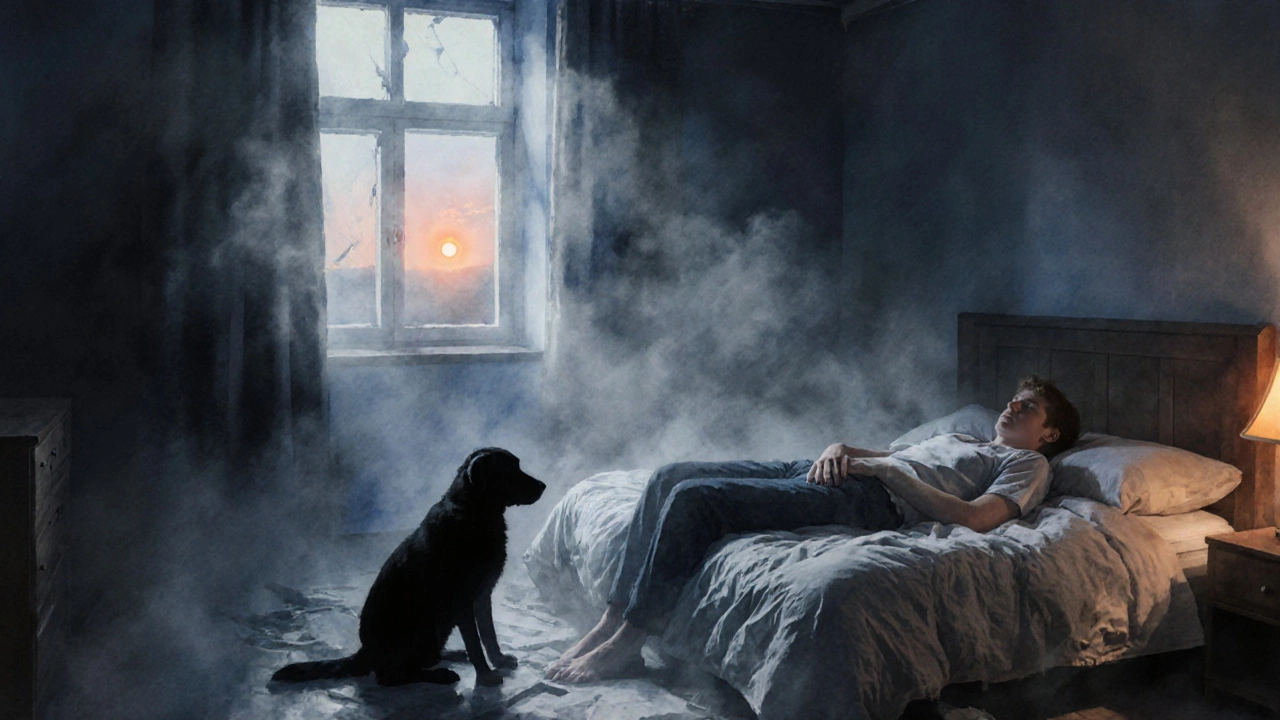
Post‑Traumatic Stress Disorder - Living in the Past
Post‑traumatic stress disorder (PTSD) is a reaction to a terrifying event that leads to flashbacks, nightmares, and hyper‑vigilance. Survivors relive the trauma as if it were happening now, often waking up drenched in sweat. The disorder’s average disability rating is 78, a figure driven by chronic sleep deprivation, intrusive memories, and avoidance behaviors that keep sufferers isolated. The mental replay of pain can be as agonizing as the original event.
Schizophrenia - Fractured Reality
Schizophrenia is a severe brain disorder characterized by hallucinations, delusions, and disorganized thinking. Imagine hearing voices that command you, or believing you’re being watched constantly. The condition often leads to unemployment, homelessness, and a WHO disability score above 85. The loss of a shared reality creates a profound sense of alienation, making everyday interactions feel like walking through a minefield.
Obsessive‑Compulsive Disorder - The Loop of Doubt
Obsessive‑compulsive disorder (OCD) is a mental condition where unwanted, intrusive thoughts trigger repetitive rituals or mental compulsions. A person might spend hours checking a stove, fearing a fire that never happens. The mental exhaustion from constant mental looping pushes disability scores to the mid‑70s. The fact that the fear feels irrational, yet unstoppable, adds a unique layer of suffering.
Anxiety Disorders - Persistent Fight‑or‑Flight
While not always the most disabling, Generalized anxiety disorder (GAD) and panic disorder generate a chronic state of dread. The body releases stress hormones continuously, leading to heart palpitations, muscle tension, and a mind that can’t quiet down. Average disability scores sit around 65, but for many the relentless worry feels just as painful as physical illness.
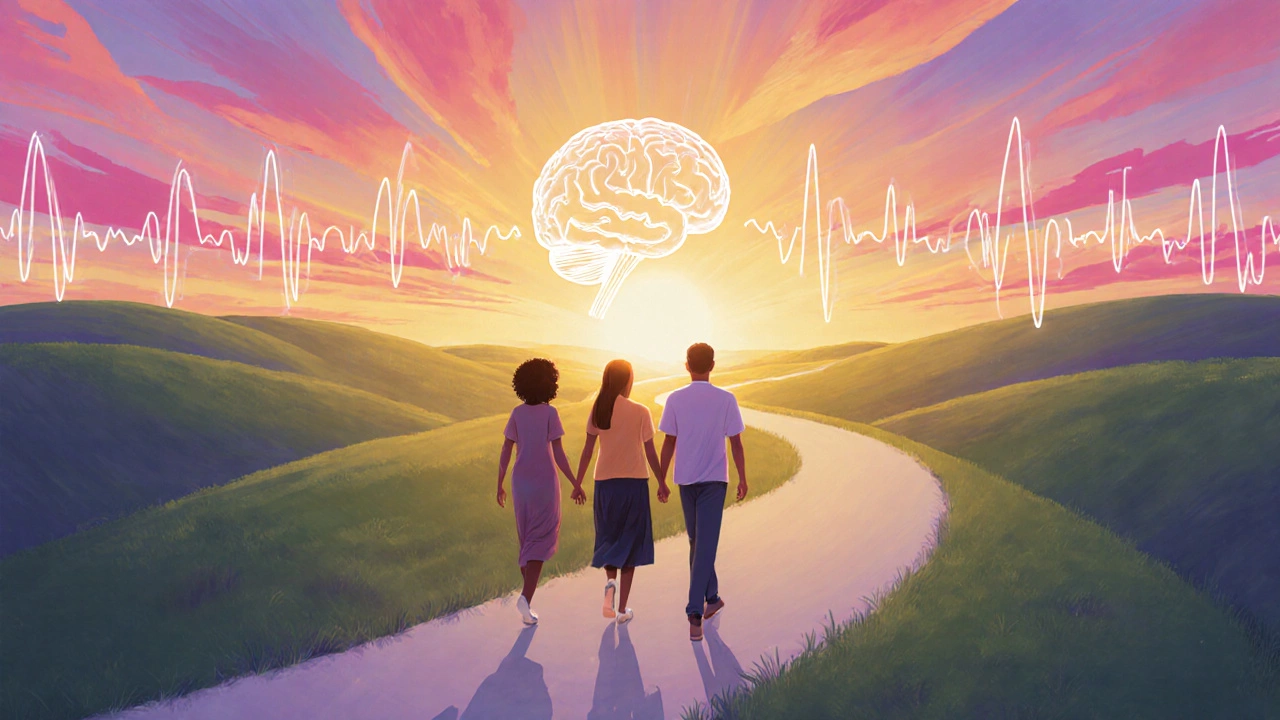
Comparing the Heavyweights
| Disorder | Primary Pain Driver | Avg. WHO Disability Score | Typical Onset Age | Treatment Complexity |
|---|---|---|---|---|
| Depression | Persistent sadness & hopelessness | 70 | Late teens‑20s | Moderate (meds + therapy) |
| Bipolar disorder | Manic‑depressive swings | 75 | Late teens‑early 30s | High (mood stabilizers, therapy) |
| Borderline personality disorder | Emotional instability & self‑harm | 80 | Early adulthood | High (DBT, meds) |
| PTSD | Trauma flashbacks | 78 | Any age after trauma | Moderate‑high (exposure therapy) |
| Schizophrenia | Hallucinations & delusions | 85 | Late teens‑mid‑30s | Very high (antipsychotics, rehab) |
| OCD | Intrusive thoughts & rituals | 73 | Childhood‑early adulthood | Moderate (CBT‑ERP, meds) |
| Anxiety disorders | Chronic fear & worry | 65 | Varies | Moderate (CBT, meds) |
Practical Checklist for Managing Intense Mental Pain
- Seek a qualified mental‑health professional within two weeks of recognizing severe distress.
- Keep a daily mood‑tracking journal; note triggers, intensity (1‑10), and coping attempts.
- Build a safety plan that includes emergency contacts, crisis hotlines, and a “grounding” routine.
- Combine medication (if prescribed) with evidence‑based therapy-CBT for depression, DBT for BPD, EMDR for PTSD.
- Prioritize sleep hygiene: aim for 7‑9 hours, limit screens an hour before bed, and keep a consistent bedtime.
- Engage in regular physical activity; even a 20‑minute walk can lower cortisol levels.
- Connect with peer‑support groups-shared experience reduces isolation.
When to Consider Intensive Care
If thoughts of self‑harm become frequent, if you can’t maintain basic self‑care, or if you experience hallucinations that command dangerous actions, call emergency services immediately. Many hospitals now have dedicated psychiatric emergency units that can provide rapid assessment and safe stabilization.
Looking Ahead: Hope Is Real
Even the most painful mental illnesses can improve with the right blend of treatment, support, and self‑care. Recent research shows that early intervention-within the first two years of onset-can cut disability scores by up to 30%. Advances in neuro‑feedback, digital therapeutics, and personalized medication are expanding the toolbox for clinicians.
Which mental illness scores the highest on pain scales?
Schizophrenia typically registers the highest WHO disability scores (around 85), largely because hallucinations, delusions, and social withdrawal create profound distress.
Can medication alone relieve the pain of these disorders?
Medication helps control symptoms, but most severe conditions also need psychotherapy, lifestyle changes, and support networks for lasting relief.
How fast can someone feel better after starting treatment?
Improvement timelines vary: antidepressants may take 4‑6 weeks, while mood stabilizers for bipolar disorder can show changes within a month. Therapy effects often emerge gradually over several sessions.
Is there a non‑medical way to lessen mental‑illness pain?
Yes-regular exercise, mindfulness meditation, strong social ties, and structured daily routines can all lower perceived distress and improve coping.
When should I seek emergency help for mental‑health pain?
If you have suicidal thoughts, hear commanding voices, or can’t keep yourself safe, call emergency services or go to the nearest psychiatric emergency department right away.
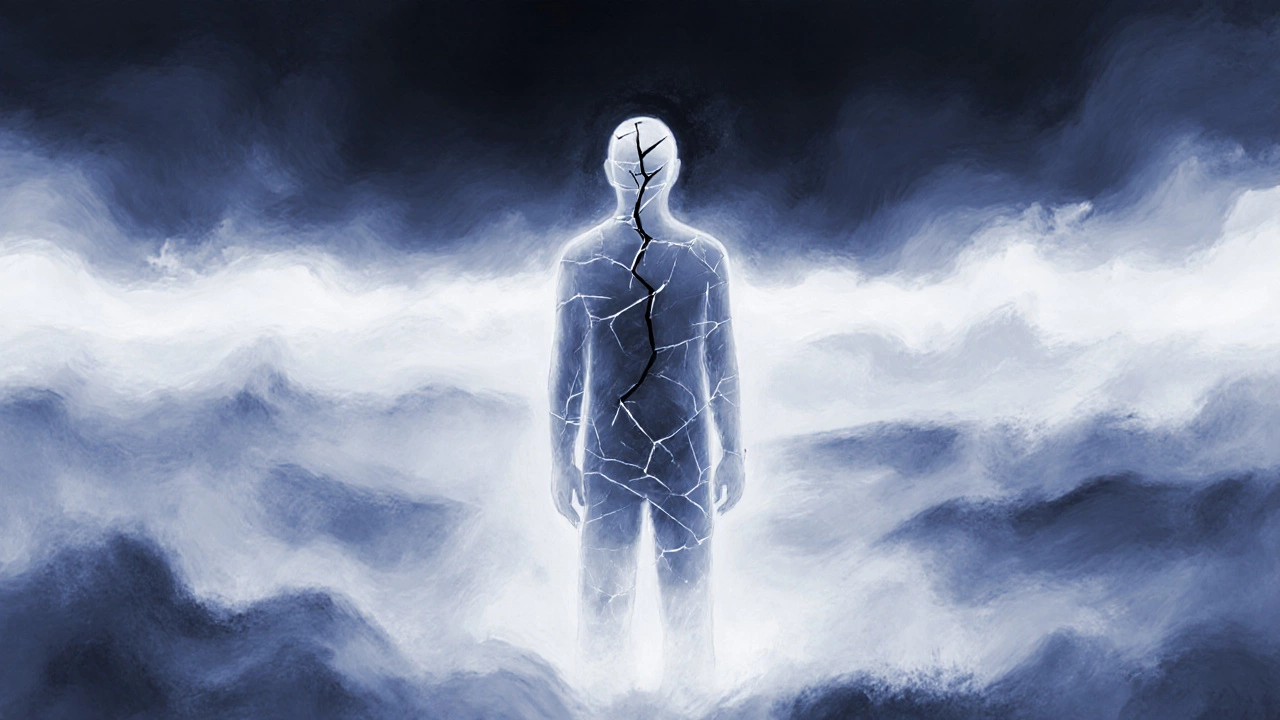
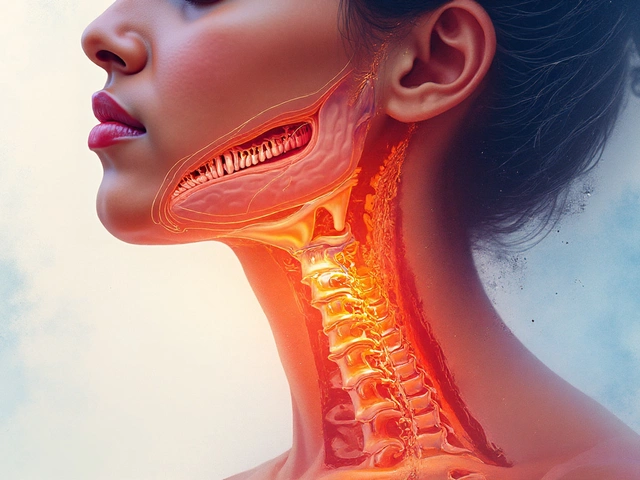 Which Bone Never Heals? The Surprising Truth About the Hyoid Bone
Which Bone Never Heals? The Surprising Truth About the Hyoid Bone
 Unusual Behaviors Post-Heart Surgery: Understanding the Causes
Unusual Behaviors Post-Heart Surgery: Understanding the Causes
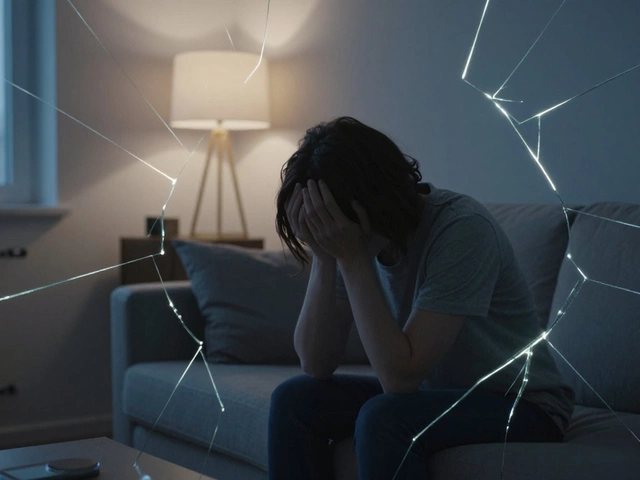 What Is the Toughest Mental Illness to Treat?
What Is the Toughest Mental Illness to Treat?
 Which State Has the Cheapest IVF in the U.S.?
Which State Has the Cheapest IVF in the U.S.?
 Can You Choose Twins with IVF? Risks, Methods & Realistic Expectations
Can You Choose Twins with IVF? Risks, Methods & Realistic Expectations